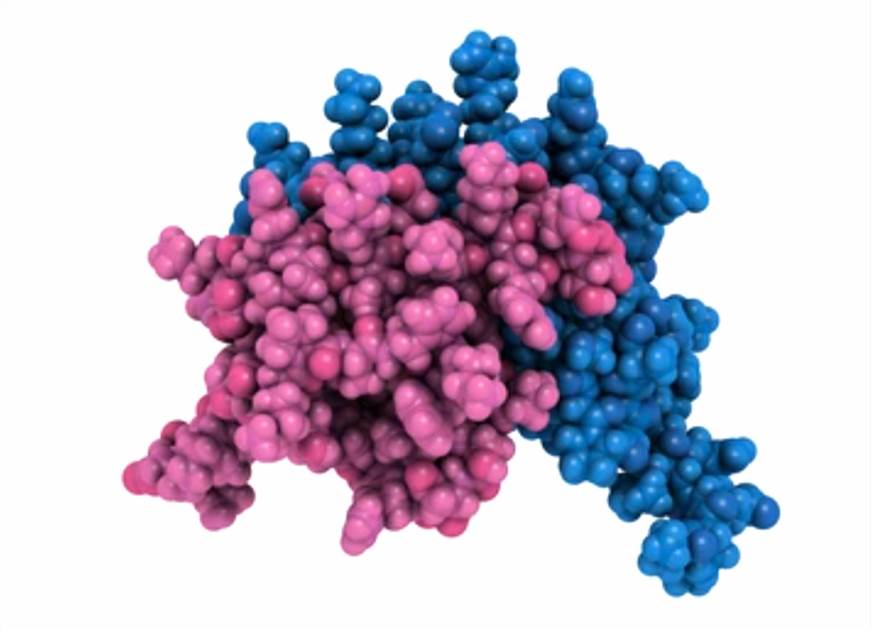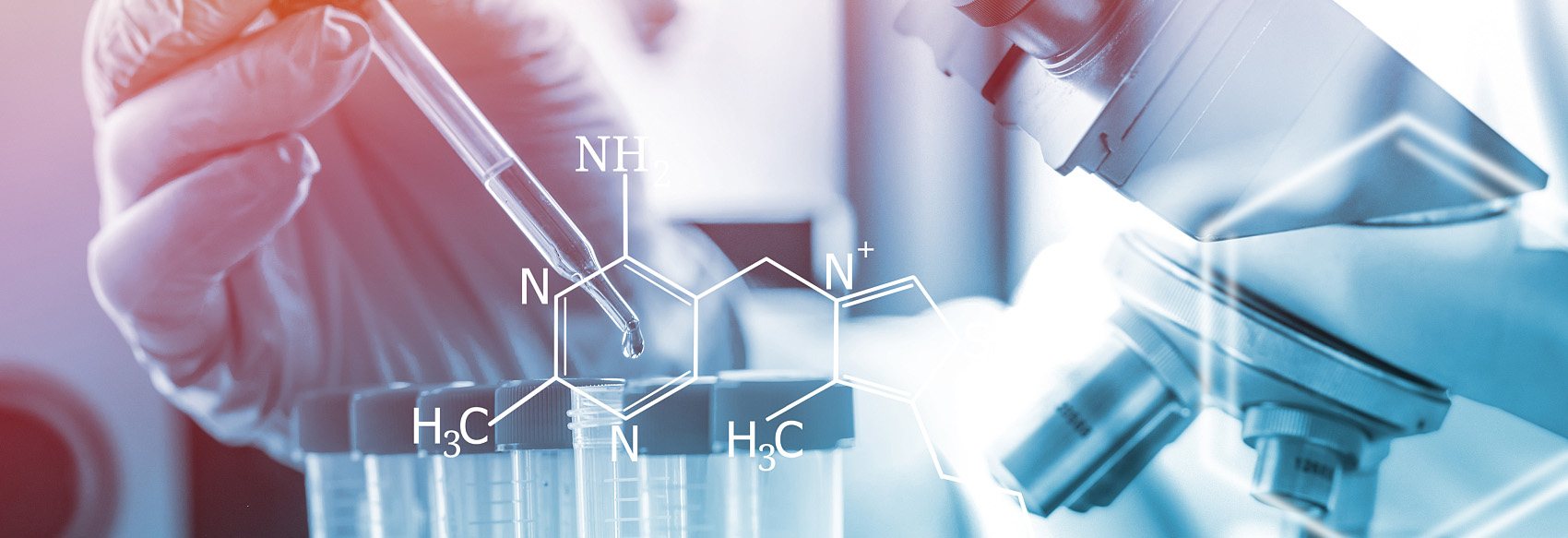BioNMR is a powerful and versatile technique that provides detailed information on the structure of large molecules and how they interact with ligands. Its use as a screening assay is particularly well suited to fragment screening where weak binding is required. Our company offers a wide range of custom protein BioNMR analysis services for protein structure determination and fragment screening.
Service Overview

The research group at Our company is primarily concerned with developing new drugs using cutting-edge NMR techniques, such as integrated methods for quickly determining complex protein-ligand structures, NMR-based drug design, protein metamorphosis, and thermodynamics of protein-protein and protein-ligand interactions.
In-house or in partnership with the pharmaceutical industry, we use these approaches to target therapeutically significant receptors. BioNMR techniques are complementary to X-ray crystallography because many molecules do not crystallize, whereas BioNMR is performed in solution.
Our services include, but are not limited to, the following.
- Peptide NMR and protein NMR structure determination.
- Fragmentation screening using 1D or 2D NMR spectroscopy.
- Protein-ligand and protein-protein complex structure determination.
- Peptide NMR and protein NMR assignments, secondary structure evaluation.
- Epitope maps and dissociation constants determination of compounds.
- Higher order structure (HOS) analysis of biosimilars, comparison with the originator antibody, including formulation optimization.
- Expression and purification of 2H, 15N and 13C-labeled proteins in E. coli for NMR spectroscopy studies and structure determination.
Research Capabilities
Peptide and protein assignments and secondary structure analysis using NMR
Structural analysis is the assignment of detected peaks in NMR spectra to individual atoms. This assignment can be used for a variety of purposes, such as primary structure determination and secondary structure assessment of peptides, 2D 15N NMR spectral assignment for epitope mapping, fragment screening, etc.
Customized high resolution NMR structure determination and analysis
BioNMR can be used to determine and analyze the 3D structure of proteins. In general, only proteins up to 30 kDa in size can be determined by NMR. Our custom nuclear NMR structure determination service typically uses iterative constrained molecular dynamics simulations with structural constraints generated from 2D and 3D NMR spectroscopy experiments.
Custom protein-ligand/protein-protein complex NMR structure determination
If protein assignments are available, structural analysis of protein complexes can be performed with BioNMR. Proteins need to be labeled with 15N and 13C. Compared to X-ray crystallography, it is even possible to analyze complexes with binder affinities in the μM-mM range, which may be particularly applicable to peptide-protein and protein-protein complexes.

NMR fragment and ligand screening
We regularly perform custom NMR fragment and ligand screenings. We can perform 1D ligand detection experiments or 2D spectroscopy, depending on the target protein.
Epitope mapping and determination of dissociation constants (Kd) of compounds
The binding epitopes of compounds can be easily analyzed by 1D or 2D experiments by BioNMR, where the choice of experiment depends on the availability of isotopically labeled proteins and peak assignments. Similarly, Kd can be determined by titration experiments with 1D or 2D NMR detection.
Custom HOS analysis of biosimilars for comparative studies and formulation optimization
NMR can be used to analyze the HOS of biosimilars and compare the structure of the biosimilar to its original antibody.
Expression and purification of 2H, 15N and/or 13C-labeled proteins in E. coli for NMR studies
For BioNMR peptide and protein structure determination, proteins need to be labeled with 15N and/or 13C to assign 2D NMR spectra with atomic resolution. Depending on the project, additional isotopic labeling may be required, especially for larger proteins, which typically yield better NMR spectra when they are labeled with 2H.
If you are looking for smarter, higher quality solutions that incorporate best practices, please feel free to contact us.
Related Services
It should be noted that our service is only used for research, not for clinical use.


